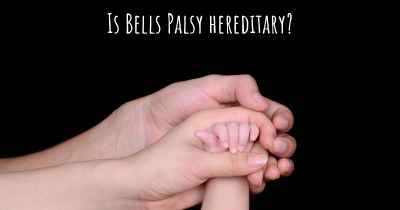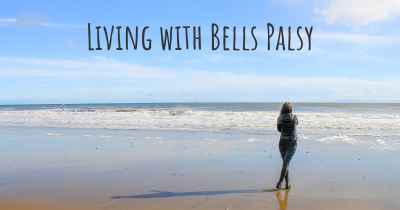What is the history of Bells Palsy?
When was Bells Palsy discovered? What is the story of this discovery? Was it coincidence or not?

Bell's palsy is a condition characterized by the sudden onset of facial paralysis, typically affecting one side of the face. The history of Bell's palsy dates back to the early 19th century when it was first described by Sir Charles Bell, a Scottish surgeon and anatomist.
In 1821, Sir Charles Bell published a detailed account of the condition in his book titled "The Anatomy and Physiology of the Human Body." He observed that patients with facial paralysis exhibited specific symptoms such as the inability to close the eye, drooping of the mouth, and difficulty in speaking and eating.
However, it wasn't until the late 19th century that the term "Bell's palsy" was coined. In 1897, a French neurologist named Charles-Édouard Brown-Séquard used the term to describe cases of facial paralysis that were not associated with any known cause or underlying disease.
Over the years, researchers and medical professionals have made significant advancements in understanding the causes and treatment of Bell's palsy. It is now recognized as a form of facial nerve paralysis resulting from inflammation or compression of the facial nerve.
The exact cause of Bell's palsy remains unknown, but several theories have been proposed. One theory suggests that viral infections, particularly the herpes simplex virus, may trigger an immune response that leads to facial nerve inflammation. Other potential causes include autoimmune disorders, trauma to the facial nerve, and genetic predisposition.
Throughout the 20th century, various treatment approaches were explored to manage Bell's palsy. Initially, the focus was on supportive care, such as protecting the affected eye from drying out and providing pain relief. However, with advancements in medical science, more targeted treatments have emerged.
Today, the primary treatment for Bell's palsy involves the use of corticosteroids, such as prednisone, to reduce inflammation and swelling of the facial nerve. Antiviral medications may also be prescribed if a viral cause is suspected. Physical therapy and facial exercises are often recommended to help improve muscle strength and restore facial function.
While most cases of Bell's palsy resolve spontaneously within a few weeks to months, some individuals may experience long-term complications such as facial muscle weakness or synkinesis (involuntary muscle movements). Ongoing research aims to better understand the underlying mechanisms of the condition and develop more effective treatments.
In conclusion, Bell's palsy has a rich history that spans centuries. From its initial description by Sir Charles Bell to the modern understanding of its causes and treatment, significant progress has been made. The condition continues to be an area of active research, with the goal of improving outcomes and quality of life for individuals affected by Bell's palsy.








